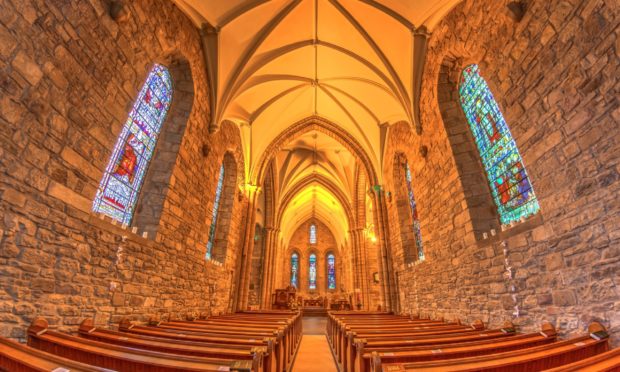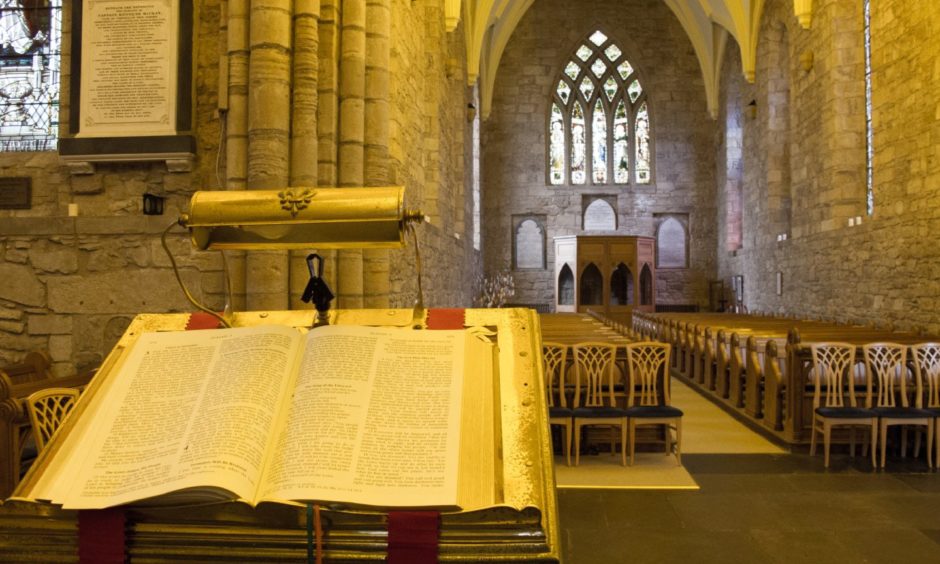“Nothing will ever be the same again.”
It’s a phrase that is there or thereabouts at all the key moments people face in our lives; from leaving school, to setting up home, to having children, changing jobs and retiring.
We might say it when we fall in love. And we might also say it when we lose someone we love.
As any of us goes through life, there will be times when things happen that are so profound and so dramatic that it’s like heading in one direction one minute and being sent in a completely different direction the next. Life’s handbrake turns.
Over this past year, people have experienced life-changing moments on a scale perhaps never seen before. Relationship strains. Being on furlough for a long time. Losing a job, or not being able to start one. Worries about money, health – both physical and mental – and the future. All these things have presented almost daily struggles for most of the population, leading to people feeling drained, anxious and even paralysed.
And tough though things have been for individuals, the story has possibly been even tougher for us as communities.
School, the health service and everyday things such as shopping have taken on a very different shape from the one they were in even just 18 months ago. And that change is enormous.
Our pandemic relationships must be nurtured
While it is tempting to look back and wish for what was, the truth is that what was was not always that great. The pandemic was a pretty drastic way of getting our attention, but it has stopped us in our tracks and made us stop and take stock of what it is that really matters – and who it is that is really important.
It is not only our communities that need to think about the shape they want to take as we go on from here. Churches do too
Have we as a society, I wonder, stopped caring for the most disadvantaged among us? Have we become more selfish? Do we look out for ourselves before we think about anyone else?
The numbers of people flouting the travel rules for example, would seem to suggest we might well be a lot more selfish.
But it’s also true that the numbers of people volunteering to help out with foodbanks or shopping for the elderly, has escalated. Many of us know our neighbours again – and that all has to be good. So how do we go on to develop these relationships?
Face-to-face interaction is vital
Social media has been great. For those, that is, who have access to it. There are too many however for whom it is either technically or financially beyond them and there are others who simply don’t like it and don’t want anything to do with it.
Social media also has other downsides. It can serve us up what we want to see and hear. Algorithms colour and filter the news that comes our way and even affect the kinds of adverts we see. That means that what we read and hear is not unbiased.
On screen interaction, can never be the same as face-to-face.
There were all kinds of cartoons doing the rounds for a while, of all sorts of people – from clergy to school teachers, to chief executives – presenting a well dressed head and shoulders image for the computer screen but who, below screen level, were still in their pyjamas.
Sometimes we need to be able to look people in the eye and we need to sense what they are saying behind the image they portray and the words they speak. That can’t be done on a computer screen.
We can’t and shouldn’t go back to ‘normal’ in church
If I am to be honest, I think this is a massive challenge for churches in particular. Social media has been fantastic in so many ways. Churches have seen so many more people engaging with thoughts and services over these last few months than the Sunday-by-Sunday crowd.
But these people are hardly likely to come along to a cold, draughty church building in the middle of a Sunday morning. The time is not right. The building is not right. The ‘traditions’ that have grown up around those buildings are not right.
And that’s only the tip of the iceberg.
It is not only our communities that need to think about the shape they want to take as we go on from here. Churches do too. And so many other groups.
We can’t and shouldn’t go back, but let’s take some serious time to work out how we move on so that we don’t leave anyone behind.
The Very Rev Susan Brown is minister of Dornoch Cathedral and the former moderator of the General Assembly of the Church of Scotland


